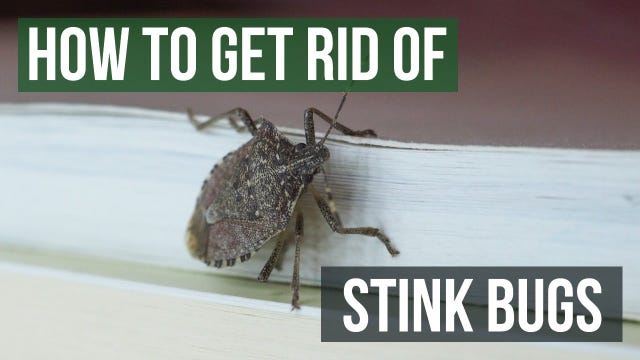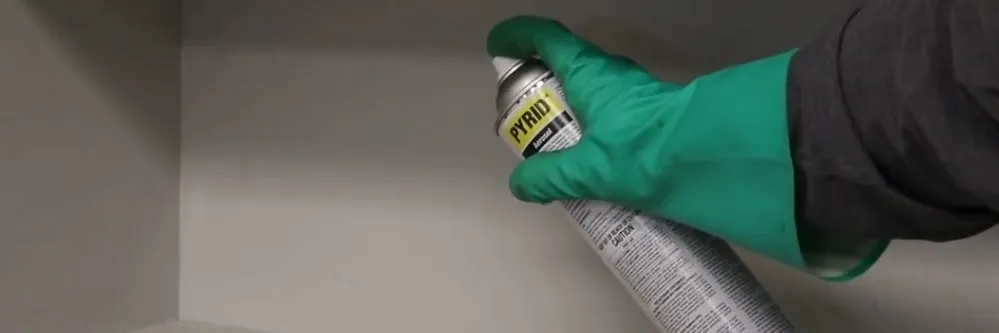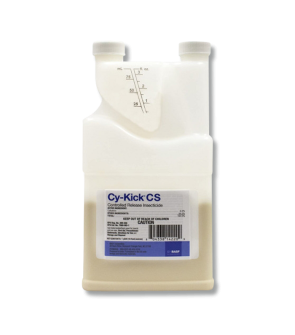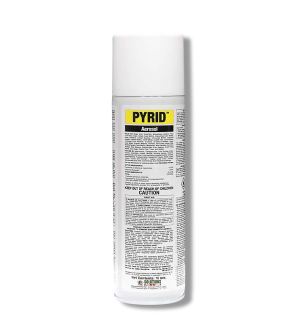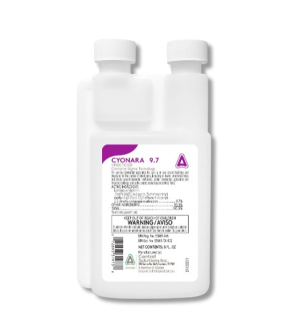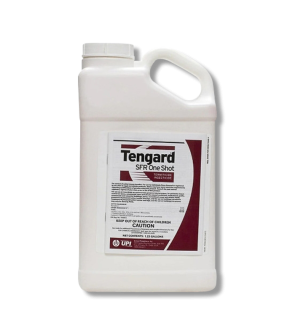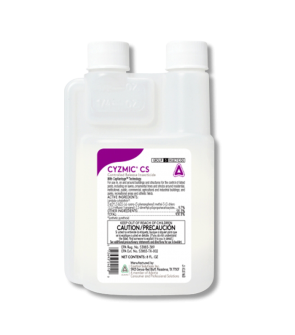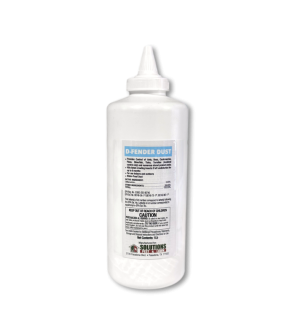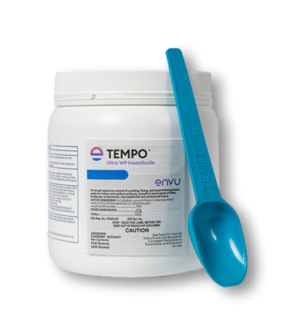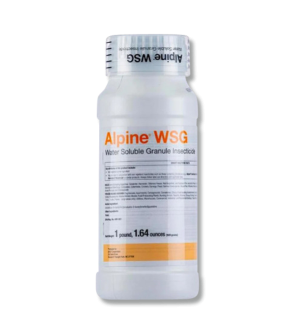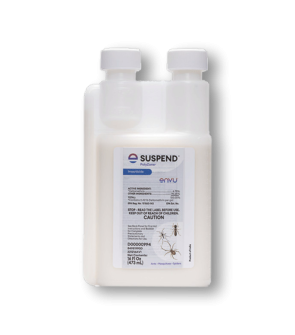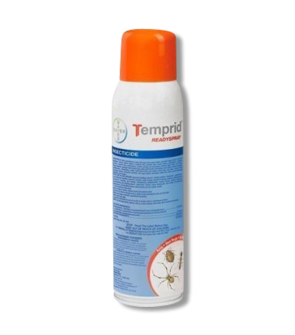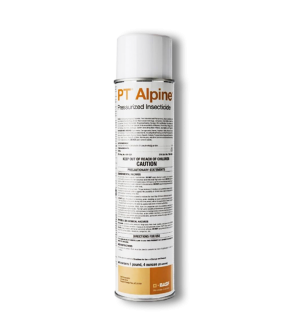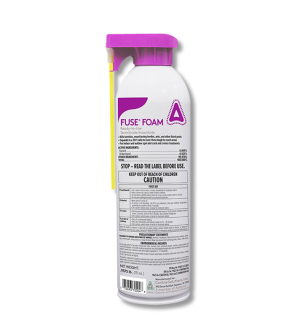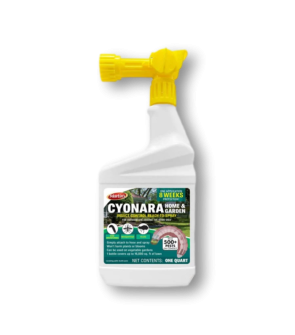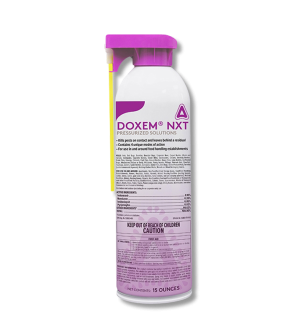Gain access to personalized product screening, the best pricing, rewards, and more!
Most Effective Products
Stink Bug Control: How To Get Rid of Stink Bugs
This page is a general stink bug removal guide. Using the products and methods suggested, you will get control of stink bugs. Follow this guide, use the recommended products, and we guarantee 100% control of stink bugs.
Stink bugs have become a growing problem for homeowners, especially in the Northeastern part of the United States. The distinguishing feature that makes them such an unwanted pest invading the home is the disturbing odor they emit wherever they go.
Many people want to know how to get rid of stink bugs in the house, especially in the wintertime when bugs of all varieties start looking towards human households to find shelter and warmth. Besides their odor, stink bugs eat houseplants by sucking their juices, causing browning and then eventual death during the winter season.
One question that many homeowners ask about stink bugs is whether they are harmful or dangerous. In short, stink bugs are nuisance pests that pose no immediate danger to people unless they are specifically allergic to them. Even though stink bugs are not harmful to people, their large group activities on the side of homes create concern for an increase in population and damage to interior landscapes.
If you are dealing with sting bugs, the following DIY guide can help you eliminate them from your home with the expert tips and product recommendations for stink bug control we will provide on this page.
Identification

The first step in addressing a stink bug infestation is identifying whether the pest you are dealing with is, in fact, a stink bug. This can be difficult because stink bugs are often mistaken or confused with other insects, such as beetles or the Western conifer seed bug. When we talk about stink bugs, we mean the most common stink bug—the brown marmorated stink bug.
- Stink bugs are 17 mm or 5/8 inch long and brown in coloration, but they can also have spotted patterns.
- Stink bugs also have a hard exoskeleton that makes them difficult to control using insecticide chemicals. Their exoskeleton is so thick that it serves as a shield for them.
- Some other traits stink bugs have are six legs, two antennae, a thin pointed mouth part, and wings that appear slightly tucked away that you don't immediately notice.
- Probably the most significant identifier of a stink bug is their stink. Stink bugs emit a foul odor wherever they are and use it as a defense mechanism.
Use the description and image above to identify stink bugs on your property properly. If you are not entirely sure, contact us, and we will help you properly identify the insect and offer you recommendations of products that will best eliminate the pest.
Inspection

Once you confirm that you are dealing with stink bugs on your property, you can proceed to inspection. Stinkbugs are pretty easy to notice because they are larger than other typical insects you may see around your home and yard. They are also an overwintering pest, which means they are most prevalent in the late summer through fall. They will be looking for a warm place to reside and spend their time, which is usually your home.
Where To Inspect
Stink bugs are often attracted to homes as the heat kicks on in the summer or when spring arrives after a cold winter. This is when homeowners may see them most because they will fly toward lights and be a nuisance around gardens and plants.
Indoors, stink bugs like to hide in cracks and crevices and sneak in through entry points to enter a home. They are often found in voids, false ceilings, attics, folds in drapes, and other secluded places that don't get a lot of traffic coming back and forth.
What To Look For
You should look for stink bugs in cracks and crevices in the home. Look for stink bugs around window frames and doors, vents, eaves, and walls that get on new shoots, buds, along stems, or under leaves. A method agricultural workers use is shaking plants with a stick and catching stink bugs that fall out. You can try that, too, if you wish.
Treatment
Now that you have confirmed stink bug activity, it is time to begin treatment. Remember to read all product labels, follow the application instructions on these labels, and stay safe by wearing personal protective equipment (PPE).
To get rid of stink bugs in the house, we recommend applying a perimeter and broadcast treatment of Supreme IT outdoors. Indoors, apply a treatment of D-Fender Dust to points of entry and hard-to-treat areas. Finally, you should apply Pyrid Aerosol to any stink bugs you directly find to knock them down and kill them.
Step 1: Outdoor Treatment with Supreme IT
Supreme IT is a broad-spectrum insecticide labeled to kill stink bugs. It also has a long residual effect that continues to kill for up to 90 days after application. We highly recommend using Supreme IT as a barrier treatment and a broadcast treatment to keep stink bugs from staying on the property.
Determine how much Supreme IT you need for your application by calculating the square footage of the area you wish to treat. To do this, you will need to measure the length and width of the treatment area in feet and multiply the two values (length x width = square footage).
Stink bugs can be treated at a rate of 0.5 to 1.0 ounces of Supreme IT with a gallon of water inside a handheld pump sprayer to treat 1,000 square feet.
To perform a perimeter treatment, spray 3 feet up and 3 feet out from the foundation of your structure. While spraying in this manner, spray window frames, door frames, eaves, soffits, rain gutters, cracks and crevices, and electrical/plumbing penetrations.
Next, you will do a broadcast treatment. Start at the back of your lawn and go to the front. Apply via fan spray nozzle setting on all tall grasses, shaded areas, bushes, ornamentals, and areas where you have noticed stink bug activity. This fan spray setting helps to get uniform coverage where you apply.
Step 2: Indoor Treatment with D-Fender Dust
Stink bugs may enter the home via points of entry and cracks and crevices that could be hard to treat. This is where D-Fender Dust can be helpful. D-Fender Dust is insecticidal dust that will be applied and reach deep into the cracks and crevices where stink bugs are hiding.
To use D-Fender Dust, you will need a handheld duster. Fill the duster halfway with D-Fender Dust and leave lots of room for air to circulate inside. Next, apply by squeezing the duster. Apply to cracks and crevices throughout the home, including cracks and crevices near window frames and door frames and where stink bugs have been found.
Step 3: Pyrid Aerosol
For stink bugs, you can find in your home, spray them with Pyrid Aerosol. Pyrid is a pyrethrin-based aerosol known for its quick knockdown of many common bugs. Pyrid comes in a ready-to-use aerosol spray that can be shaken and sprayed.
To use, point, and spray directly at visible stink bugs. Use this product as a contact spray to kill any Stink Bugs you see, making sure to point 18 to 24 inches away from the target to get an accurate spraying.
Prevention
The best way to prevent stink bugs from reinfesting your home is a combination of preventative insecticide treatments, sanitation measures, and exclusion.
- Use Supreme IT quarterly to have long-lasting control and keep stink bugs away.
- Apply caulk or use pesticide black foam to seal cracks, crevices, and other points of entry around your home.
- Keep your home and yard clean and clutter-free to reduce the likelihood of Stink Bugs hanging around.
It's not certain you won't 100% have stink bug problems, but as long as you follow these tips, stink bug outbreaks will be reduced, and you will be ready if they decide to make a comeback.
Key Takeaways
What Are Stink Bugs?
- Stink bugs are a common overwintering pest that invades homes when temperatures drop.
- Stink bugs are a common household pest known for emitting an unpleasant odor.
How To Get Rid of Stink Bugs in the House and Yard
- We recommend treating stink bugs with Supreme IT outdoors, applying D-Fender Dust in cracks, crevices, and points of entry, and finally, using Pyrid Aerosol to kill them directly.
Preventing Stink Bug Reinfestation
- Prevent stink bug problems in the future with preventative treatments of Supreme IT, reducing clutter around the home, and sealing off points of entry with caulk.






